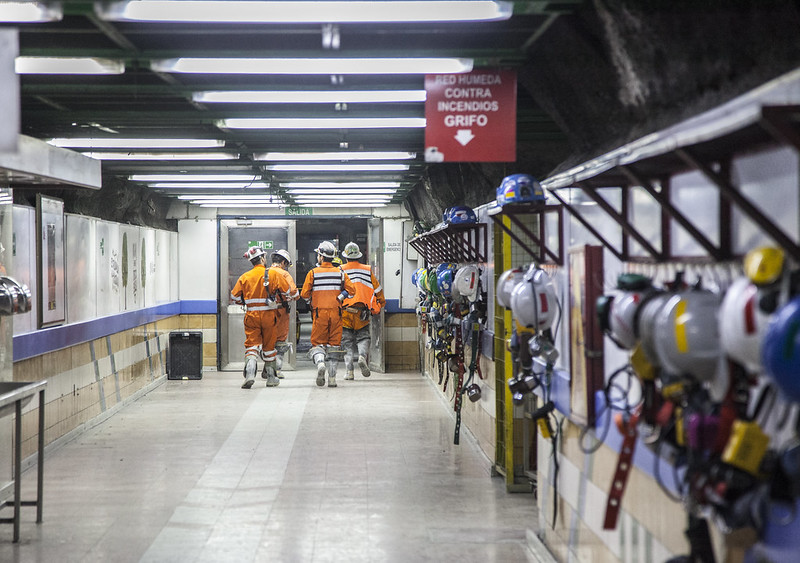
Chilean copper giant Codelco, under growing pressure from global clients demanding sustainable mining credentials, is trying to give itself a green makeover by investing in electric buses, cactus nurseries and recycling metal materials and tools.
The state firm – the world’s largest producer of the red metal, which is battling to rev up production and turn around a slide in output – has focused the drive on its flagship El Teniente mine, 75 km (47 miles) south of the capital Santiago and the world’s largest underground copper mine.
The drive is in part a public relations push to burnish the firm’s green credentials, but that has become key with customers demanding greater traceability and sustainability of the copper used in electric cars to wind turbines.
“People are increasingly insisting on this,” Codelco CEO Ruben Alvarado told Reuters at the mine, citing certifications such as “The Copper Mark” that is meant to reflect mining firms’ sustainable credentials.
The true environmental impact is less clear, experts said. Copper mining remains highly water-intensive and waste tailings can contain heavy metals, while light pollution from mines disrupts mountainous Andean areas renowned for clear night skies.
“The benefit is still marginal,” said Patricia Munoz, economist at the mining engineering department of the University of Santiago, referring to the measures Codelco is taking. “But at least it’s a starting point.”
As part of the green makeover, a fleet of some 100 electric buses, converted from diesel, brings workers from the nearby city of Rancagua.
“This fleet means avoiding around 3,000 tons of CO2 annually,” said Ricardo Repenning, co-founder of local company Reborn that made the buses, adding that they also helped with transportation within mine tunnels, improving air quality.
Other new systems involve taking recovered metal bolts, meshes and wheels to recycle and reuse in the mine.
“Clearly, economically it’s a little more expensive,” said Andres Music, general manager of the El Teniente mine, referring to the additional transportation costs of recycling the material.
“But we believe that as long as we keep doing it, we will make our process more efficient, and we will also take care of those environmental liabilities.”
Codelco is also working with the government on a nursery and research center to produce native species, including under-threat local cactus plants, as well as to regenerate areas damaged by tailing dams of waste mine material.
“The mandate that I now have with Codelco: to produce a million native plants,” said Ivan Quiroz, head of the Mediterranean Ecosystems Research Center (CEIEM).
“We want to help this recovery of tailings with different species … and so we must start by stabilizing things so that the material doesn’t run away, and add things that can grow and extract any heavy metals.”
(By Fabian Cambero and Nicolas Cortes; Editing by Adam Jourdan and Jonathan Oatis)
Comments